[Feature picture: Our Lady of Lebanon Maronite Cathedral, Brooklyn]
Our society is constantly screaming Diversity!, Equity! (whatever that is), and Inclusion!. But in secular culture, these are ambiguous categories that are selectively applied only to certain groups.
If the movers and shakers of our society really wanted those things, they would stop yelling and would do the commonsensical thing: they would study success.
But there’s where their commitment to diversity would come to a screeching halt because the place they would encounter such success would be in an institution they don’t like very much: the Catholic Church. In other words, they would have to learn from Catholicism—the world’s oldest and most successful experiment in diversity and inclusion.
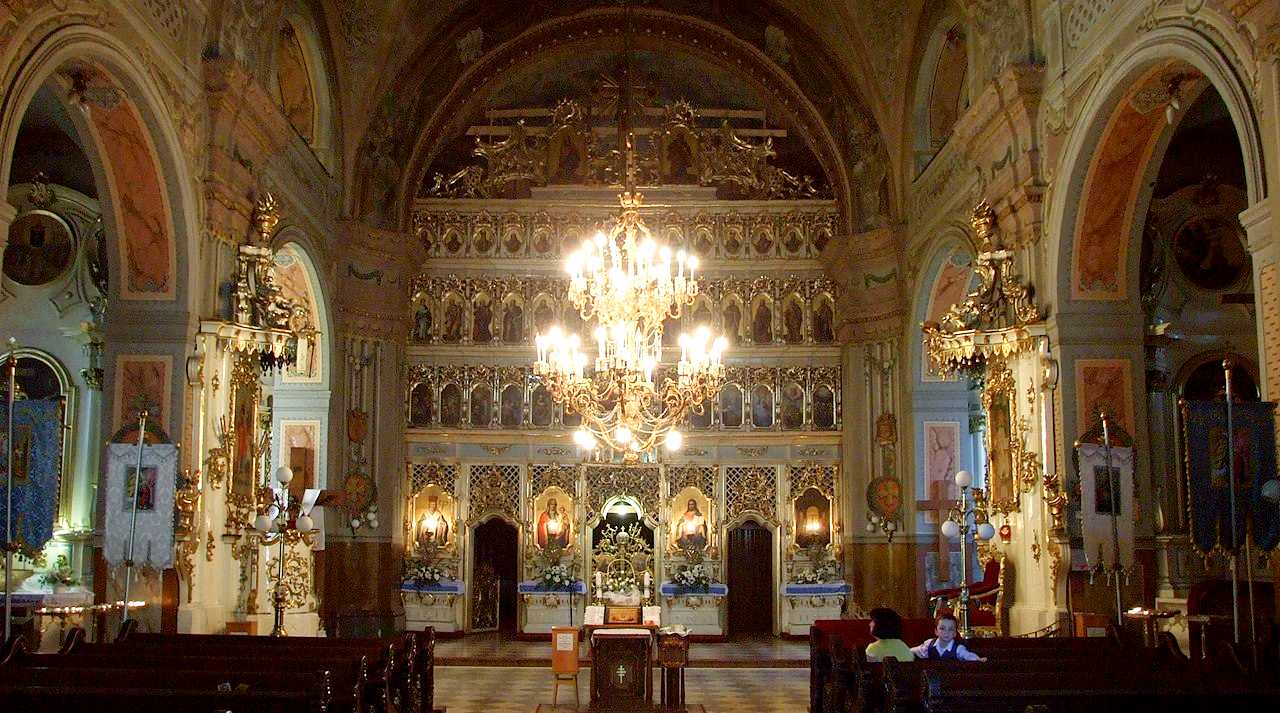
Ukrainian Greek Catholic Cathedral, Uzhgorod, Ukraine
Rite from the Beginning
Did you know that the Church has almost 30 different liturgical traditions (called rites) that fall under the umbrella of Catholicism? Even most Catholics don’t know this, but in fact, it is one of the major expressions of the Church’s title “catholic”, which is a Greek word meaning “universal”.
These rites, and the cultures that go along with them, are a truly magnificent gift of faith that saturates Catholicism with a wealth of knowledge, prayer, spirituality, theology, and charismatic dynamism that no other church in history can claim.
In his 1944 encyclical, Pope Pius XI likened this Catholic diversity to Joseph’s coat of many colors:
“All these [rites] are to be held in equal esteem and honor, for they adorn the common Mother Church with a royal garment of many colors. Indeed this variety of rites and customs, preserving inviolate what is most ancient and most valuable in each, presents no obstacle to a true and genuine unity.” (Pope Pius XI, Orientalis Ecclesiae)
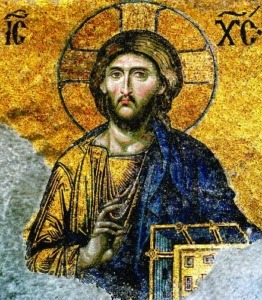 His point, constantly reiterated by popes through the centuries, is that the diversity of these rites both enriches the Church and is perfectly consistent with its unity.
His point, constantly reiterated by popes through the centuries, is that the diversity of these rites both enriches the Church and is perfectly consistent with its unity.
Most of those reading this newsletter belong to the Latin (or Roman) Rite, but the Catholic Church encompasses many other liturgical styles and languages (Greek, Syriac, Aramaic, and Old Slavonic just to name the major ones.)
I’ll list them all below, but before I do, we must admit a sad fact: in our fallen world perfect unity will always be elusive. For example, many tragic schisms have occurred in Christianity over the centuries, particularly the great East-West Schism in 1054 AD that split the Orthodox churches of the East from the Latin Church of the West.
When I speak of unity here, I am referring to those ancient communities that remained united with Rome or reunited with Rome over time, as well as the imperfect unity we share with the Orthodox Churches. With this in mind, let us return to why this Catholic diversity and unity is such an extraordinary phenomenon.
The Melting Pot Analogy
We used to use a similar image in America when we called our country “the great melting pot” of the world. The term described America as the place where immigrants came from every corner of the globe and assimilated into a single homogeneous culture.
However, what happens in the process of social “melting” is that many of the unique cultures are lost, or at least in many of their defining characteristics.
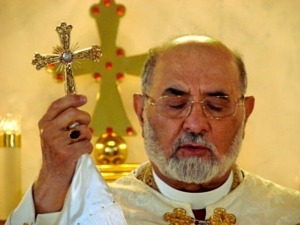 In the big cities nowadays, we have an abundance of Italian restaurants but no old Italian street vendors pushing carts around the neighborhood, selling clams out of the half shell, and talking to people on porches in their native dialects.
In the big cities nowadays, we have an abundance of Italian restaurants but no old Italian street vendors pushing carts around the neighborhood, selling clams out of the half shell, and talking to people on porches in their native dialects.
Catholic unity doesn’t do that to true diversity. Catholicism is not a melting pot like America, or a political conglomeration like the UN, or even (as is commonly said today) a “mosaic” made up of many pretty glass pieces that are easily broken apart with pressure.
[Right: Mar Dinkha IV, the Patriarch of the Assyrian Church of the East.]
Rather, it is that single woven coat of many fine threads and colors, which preserves intact the innate genius of the cultures that produced them. Pius XI called it a “royal garment.” Such a beautiful image!
One final relevant point: in America, even when the many diverse cultures have assimilated into society, the one thing that generally remains constant through the succeeding generations is their religion.
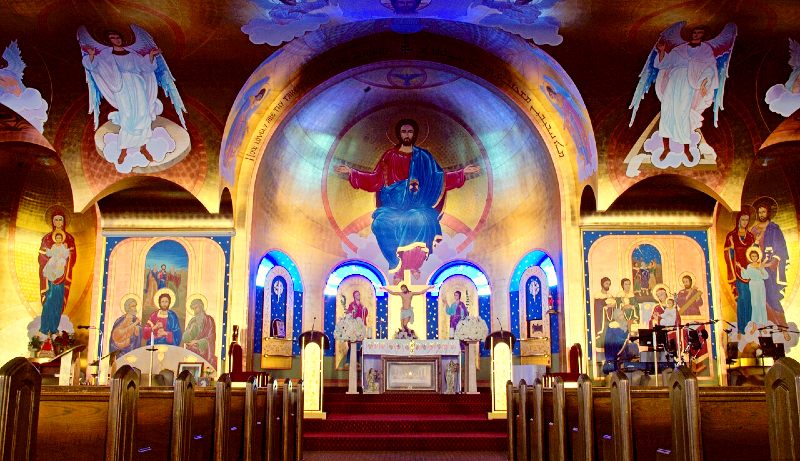
St. Joseph Chaldean Catholic Church, Troy, Michigan
The Ancient Churches
When we speak of the ancient Christian churches, we’re talking about the first fruits of that great Catholic evangelization in the early centuries. These are large archdioceses in the Middle East and Northern Africa that have been governed from the earliest days of the Church by an archbishop who has special jurisdiction over the other dioceses in his region. He bears the title of patriarch.
The ancient churches of the East usually have distinct liturgical traditions and languages, although some of them share common liturgical ancestors, as we will see below. The ancient churches have these characteristics in common:
- They can trace their origins back to a foundation from the apostles
- They have a hierarchical structure of authority (i.e., a priesthood) which assures the sacraments will be celebrated according to the ancient customs, and
- They are autonomous, that is, each church governs itself, while maintaining loyalty to the Vicar of Christ (the guarantee of unity for all.)
The existence of so many different liturgical rites all united in one international communion of believers for over twenty centuries is—let’s call it what it is—a masterwork of grace.
More Than Just Liturgy
The ancient churches all have their own particular liturgies, but it’s important to know that a rite is more than just a ritual. A rite, understood in the Catholic sense, is a complex way of living and worshiping. The Code of Canon Law for the Eastern Churches clearly defines what a rite is:
“Rite is the liturgical, theological, spiritual and disciplinary heritage, distinguished according to peoples’ culture and historical circumstances, that finds expression in each autonomous church’s way of living the faith.”
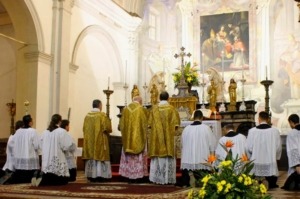 In other words, the ancient churches are so unique that they are not forced to assimilate into the much larger Roman or Latin rite churches, although many times over the centuries, the much smaller Eastern churches have been threatened with extinction by domineering Latin-rite bishops (oh my, tyrannical bishops? I’m shocked!)
In other words, the ancient churches are so unique that they are not forced to assimilate into the much larger Roman or Latin rite churches, although many times over the centuries, the much smaller Eastern churches have been threatened with extinction by domineering Latin-rite bishops (oh my, tyrannical bishops? I’m shocked!)
[Right: Ambrosian Rite Mass in Milan, Italy.]
Without exception, however, the popes throughout the centuries have upheld not only the right of these churches to exist but the need for them to maintain their unique identities with their own liturgies, languages, histories, and disciplines. All of this is done while maintaining essential unity in doctrine. It’s an amazing balance of things, when you think about it.
In essence, East and West are an organic whole, the living Body of Christ, not a mosaic of disparate liturgies or a melting pot that washes out unique gifts of grace.
Pope John Paul II used another beautiful image in his 1995 Encyclical Letter, Ut Unum Sint (#54) when he spoke of the Church’s need to “breathe with both lungs” (East and West).
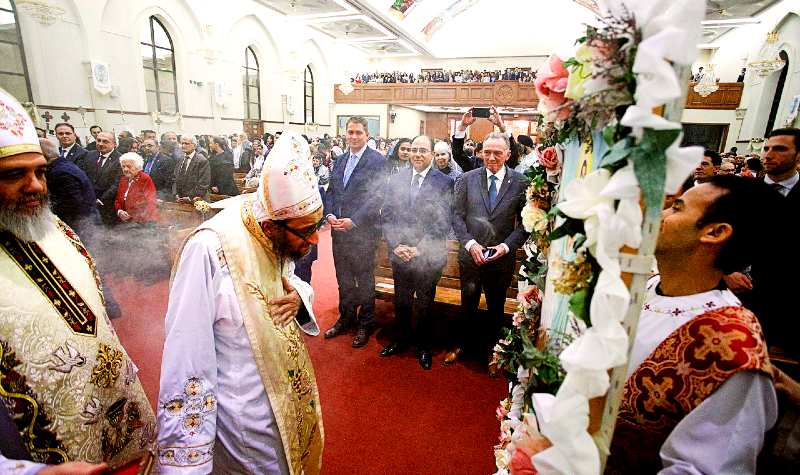
Coptic Church of the Virgin Mary & St. Athanasius, Mississauga, Ontario
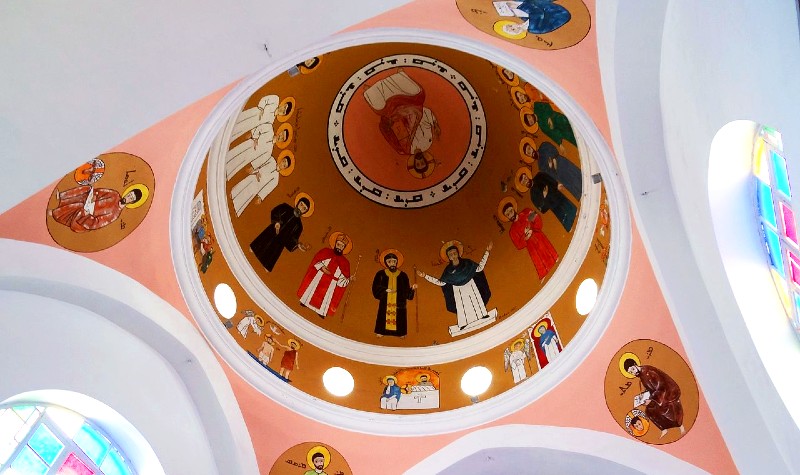
Dome of Maronite Church of St. Louis, Downtown Haifa, Israel
An Amazing Legacy
The Solemnity of Sts. Peter and Paul (June 29th) is a wonderful opportunity to point out the inherent catholicity of the Church, which boasts a pedigree of diversity and unity that no other church even dreams of.
The basic point is that not all Catholics are Roman, but all Catholics are part of the One, Holy, Catholic, and Apostolic Church.
The respective regions and languages are listed in parentheses after the rite. The following list is taken largely from the good folks at EWTN.
Roman Church (the West)
- Traditional Latin Rite (Latin)
- Roman Rite (Latin and vernacular)
- Anglican Use Ordinariates (English)
- Mozarabic Rite (Spain and Portugal—Ajami, an Arabic/Latin mixture)
- Ambrosian Rite (Milan—Latin)
- Bragan Rite (Archdiocese of Braga, Portugal—Latin)
- Religious orders (the Dominicans, the Carmelites, and the Carthusians have their own particular Latin liturgies, each slightly distinct from the Traditional Latin Rite.)
Antiochian Church (Syria)
WESTERN SYRIAC RITES
- Maronite (Lebanon—Aramaic)
- Syriac (Syria, Lebanon, Iraq, Egypt, Canada, USA—Syriac)
- Malankarese (St. Thomas Catholics of South India—West Syriac and Malayalam)
EASTERN SYRIAC RITES
- Chaldean (Iraq, Iran, Syria, Lebanon, Egypt, Turkey, USA—Syriac and Arabic)
- Syro-Malabarese (State of Kerala in Southern India—Syriac and Malayalam)
Byzantine Rites (historical offshoots of Antioch)
- Albanian (Albania—Albanian)
- Belarussian (Belarus—Old Slavonic)
- Bulgarian (Bulgaria—Old Slavonic)
- Czech (Czech Republic—Old Slavonic)
- Greek (Greece, Turkey and Europe—Greek)
- Hungarian (Hungary, Europe, the Americas—Greek, Hungarian, English)
- Italo-Albanian (Italy, Sicily and the Americas—Greek, Italo-Albanian)
- Melkite (Syria, Egypt, Syria, Lebanon, Jordan, Israel, Canada, US, Mexico, Brazil, Venezuela, Argentina and Australia—Greek, Arabic, English, Portuguese and Spanish)
- Romanian (Romania, Europe, the Americas—Romanian)
- Russian (Russia, China, the Americas and Australia—Old Slavonic)
- Ruthenian (Russia, Hungary, Croatia—Old Slavonic)
- Slovakian (Slovakia, Canada—Solvak, Old Slavonic)
- Ukrainian (Ukraine, Poland, England, Germany, France, Canada, US, Brazil, Argentina and Australia—Old Slavonic and vernacular)
Alexandrian Church (North Africa)
- Coptic (Egypt and the Near East—Coptic/Egyptian, Arabic)
- Ethiopian/Abyssinian (Ethiopia, Eritrea, Somalia, and Jerusalem—Ge’ez, also called Classical Ethiopic).
Whew!
Diversity and Unity
I’m sure you’re just as amazed at this dynamism of the Church as I am. It’s a work of the Holy Spirit over time that no man and even no community of believers on their own could have accomplished.
The lesson is clear: it’s probably too much to ask that the movers and shakers of the secular world learn something from the Catholic Church…but maybe they should give it a try.
———-
[Note: This article is a reproduction of the Sacred Windows Email Newsletter of 6/30/24. Please visit our Newsletter Archives.]
Photo Credits: Via Wikimedia: Feature Image: Stained Glass (Roberto221); Ukrainian Cathedral Uzhgorod (Investigatio); Coptic (Andre Forget/Andrew Scheer): Pantocrator (Byzantinischer Mosaizist); Maronite Dome (Hanay); Assyrian Patriarch (Ron Roberson); Chaldean Church (Nheyob); Ambrosian Rite (Rslface).
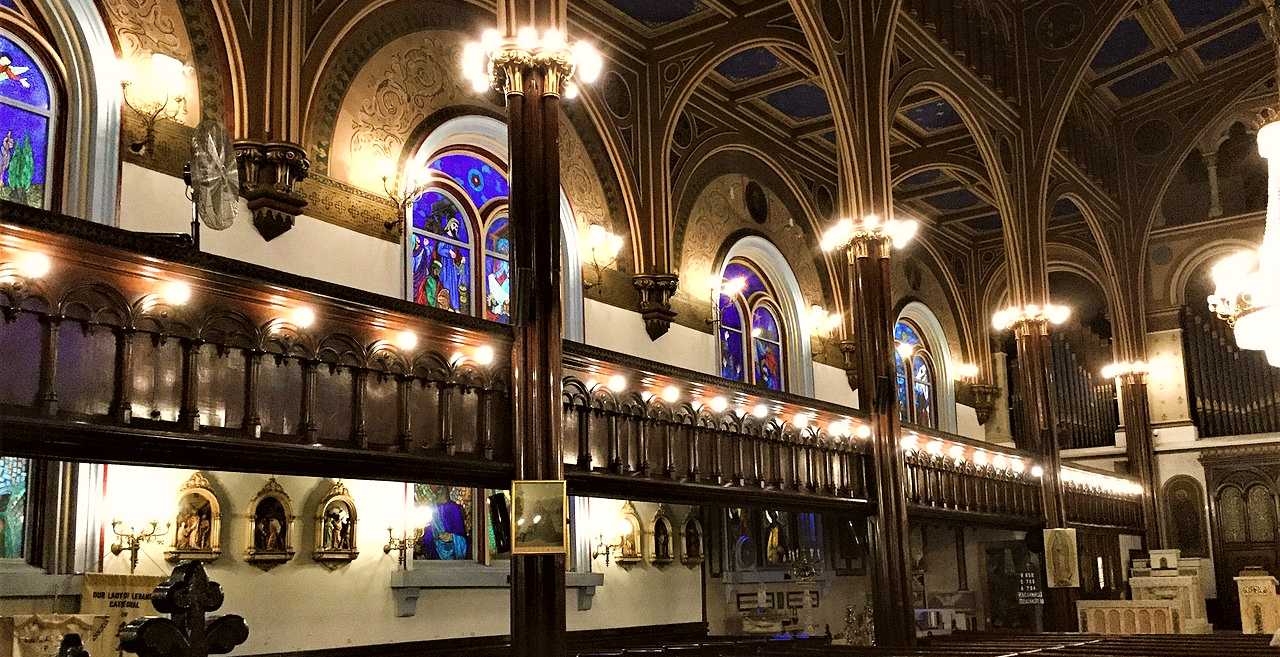
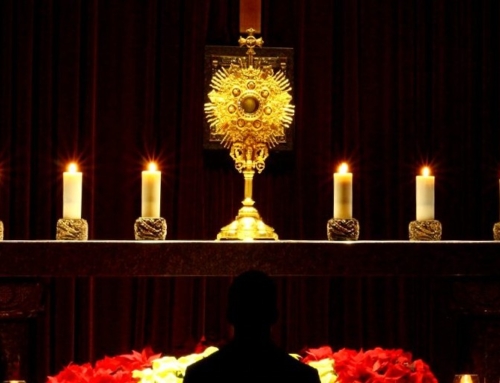

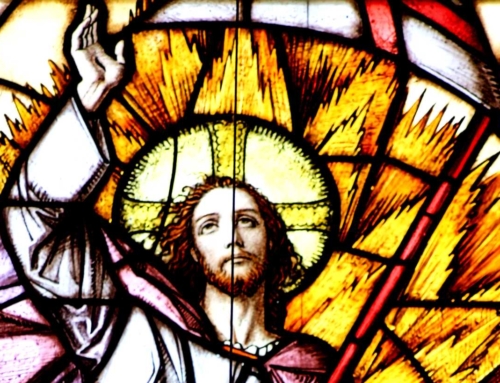
Leave A Comment